Description
The Blue Oyster
Few mushrooms are more satisfying to watch grow as the Blue Oyster Mushroom. It is very forgiving and easy to grow making it the ideal choice for a beginner. The fruits grow rapidly, sometimes doubling in size everyday. The mushroom starts out strikingly blue and turns grey as it matures. These mushrooms are ideal candidates for outdoor growing as their fresh air requirements are the highest of any of the mushrooms we have grown.
The blue oyster mushroom grows in large clusters and takes on the typical shelf like shape of the Pleurotus species. The size and shape can vary immensely depending on the growing conditions. Blue Oyster mushrooms required a extremely high level of fresh air exchange, more so than any other mushroom commonly cultivated. Grown in a high CO2 environment, the Blue Oyster mushroom will have a long and thick stems with small caps. They also have a huge spore load, which can quickly fill your grow room with spores. The mushroom clusters start out with deep blue colouring and eventually turn grey as they age. The fruit is usually thick and meaty and very versatile for culinary uses.
On Agar
Blue Oyster mushrooms grow vigorously on Agar. They seem to prefer malt yeast agar. Growth can be rhizomorphic and eventually gets thick and fluffy. Blue Oyster mycelium has a tendency to emit a brown/orange metabolite, which can often be mistaken for contamination, although it could be a sign that the mycelium is fighting off contamination.
Spawn Type
Rye grain works best, but sawdust spawn can also be used. Some report higher yields on straw if sawdust spawn is used in lieu of grain spawn. Oyster spawn has a unique mushroomy scent. Easily broken up in spawn bags for no fuss spawning to bulk substrates. Blue Oyster spawn has a tendency to sweat, producing pockets of water in your spawn bags or grain jars. Try to position your spawn so that grain is not sitting soaking in water when colonising.
Substrate Types
Pasteurised straw logs are extremely effective for Blue Oyster mushrooms. Use a higher spawn rate for better yields. Straw logs will produce multiple flushes if contamination can be kept at bay. Supplemented sawdust blocks also work quite well, but straw is likely to produce similar results more economically. Blue Oyster mushrooms will devour almost anything and can even be grown on coffee grounds, waste paper, sugar cane, grass and many other waste industrial products.
Fruiting Containers
Use poly tubing for straw logs, 16″ lay flat diameter. Too thick a straw log will cause the centre of the log to become anaerobic and eventually contaminate. Grow bags work by cutting slits in the side of the bag for mushrooms to grow through, or simply by cutting off the top of the bag and allowing fruits to form on the top of the block. Blue Oyster mushrooms are incredibly versatile and can be also grown in 5 gallon buckets with holes drilled, or any container you can think of.
Harvest
Harvest the mushrooms by picking of or cutting off entire clusters. Mushrooms will store longer if handled delicately and stored as a cluster instead of picking off individual mushrooms. Blue Oysters will store longer in the fridge than pinks or yellows. Blue Oysters have the tendency to continue growing in the fridge, with mycelium starting to grow from the stems. This is usually undesirable. Blue Oyster mushrooms can also be dried in a dehydrator for long term storage.

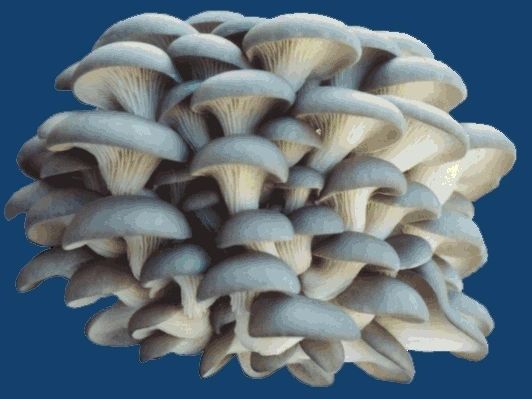
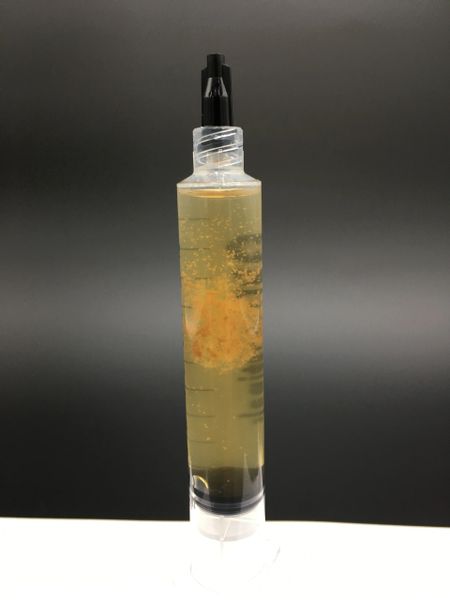
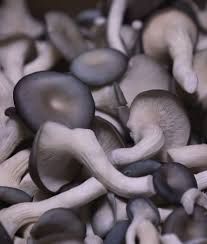
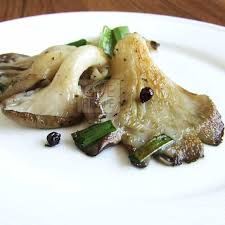
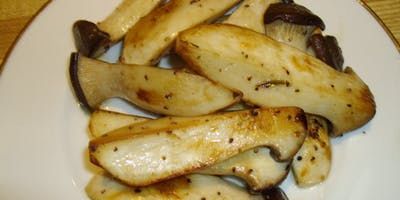
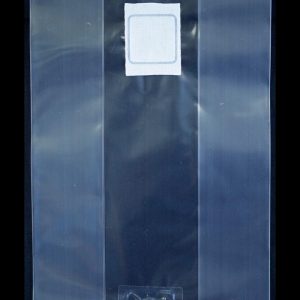
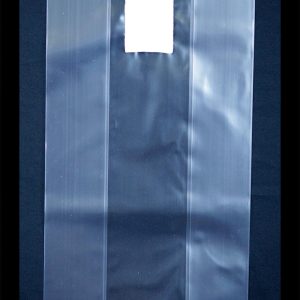
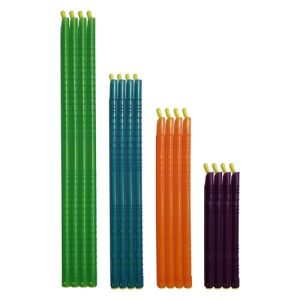
Reviews
There are no reviews yet.